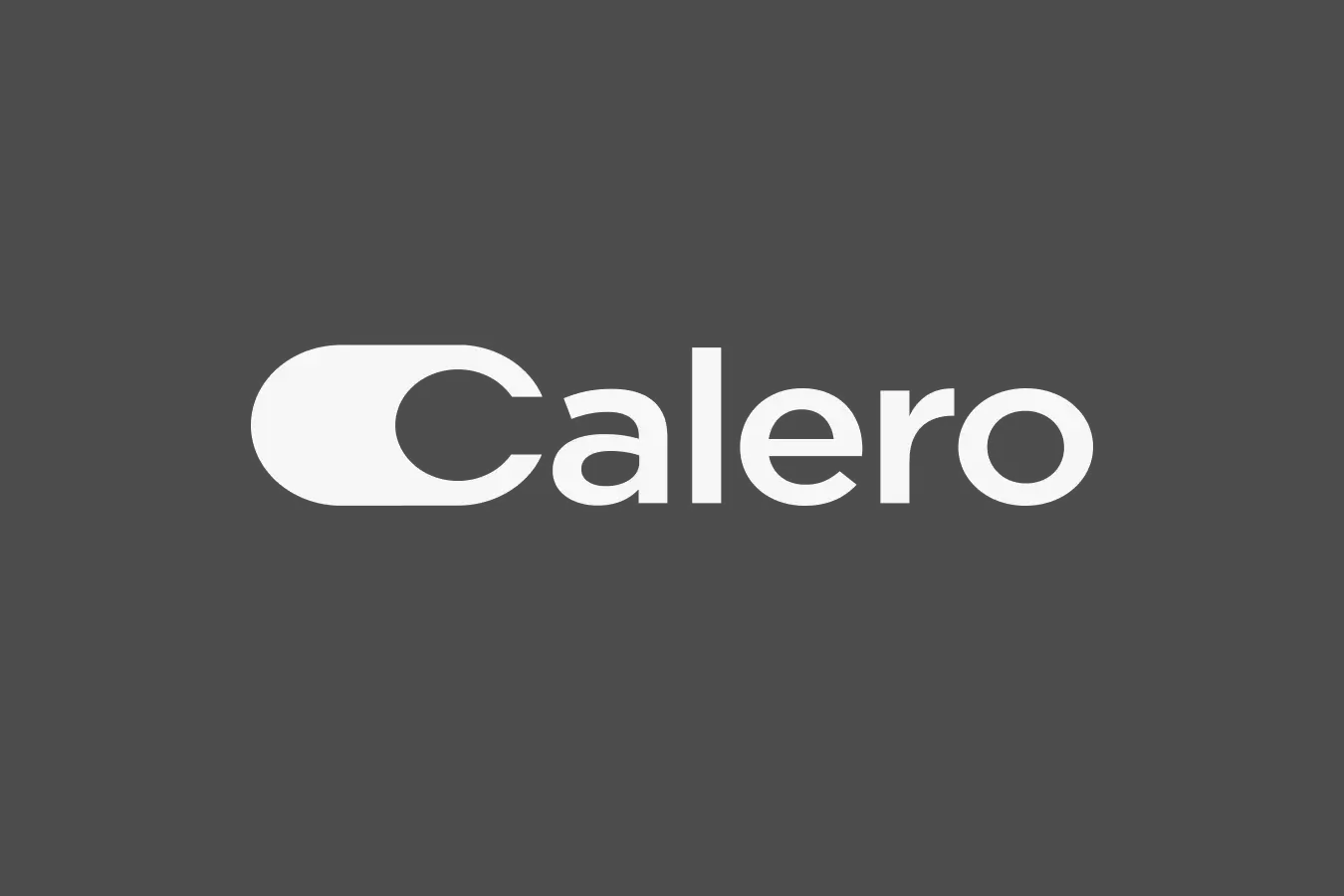It may be that pandemics end up teaching us much about how to most effectively manage global teams, greatly deepening our understanding, our appreciation, and our effectiveness in using today’s telecommunications technologies.
In earlier times the use of telecommunications to aid in managing personnel located in other countries was moderated by the expense involved. Length calls across long-distance lines quickly became prohibitively expensive. As use of the internet provided a flat-cost medium for the interchange of voice and video around the world this dynamic changed significantly giving rise to video conferencing and virtual presence technologies that could reduce world-spanning distances to contain them within a conference room.
Making the Near Seem Far
When the pandemic began its outbreak everyone who could work from home was sent home to do so. Suddenly almost all face-to-face communications were replaced by mediated strategies such as telephone, video calling, and text messaging.
In essence, what had been the only way to quickly communicate with international personnel became the only way to communicate with everyone.
People who had seldom or never used video calling found themselves looking into a camera. Managers who were accustomed to doing what Peters & Waterman popularized as “management by wandering around” (MBWA) in their seminal 1982 book “In Search of Excellence”, found themselves clicking around instead, going from call to call.
The World Shrinks
Suddenly, working with personnel located in their own city became the same as working with their people overseas. No matter how near or far, the interactions were now conducted in exactly the same consistent way. The dynamics of working together began to congeal. This brought with it some very positive impacts, but also carried some risks.
The first best practice that needed reinforcement was to treat teams as groups of individuals, people who each had their own concerns, priorities, preferences, and work styles.
As the connection to another colleague became the same as the connection to another continent another best practice that needed cultivation was approaching each individual with full consciousness and appreciation of their environment. That is, people in different places conduct their lives according to different cultures, different customs, different laws, and different definitions of “normal.” The way in which your own company conducts various processes and procedures often varies from country to country. Managers are far more effective in managing their people when they take these differences into account each time they communicate.
Protocols became the focus of development of many best practices. How should video conferences with a handful of people best be managed? What if the conference brings together hundreds of people? When does it need a moderator? When is it appropriate to keep all microphones open, and when should they all be muted? Was there an appropriate sequence of speakers to be observed? What might be misconstrued as “rude” in some cultures?
Best practices for use of cameras will continue to evolve. Some people don’t notice who has their camera on and who does not. Others find it rude to not show oneself in a video conference. Is this culture-biased? Gender-biased? Biased based on position in a hierarchy? Does this also vary based on the number of participants?
Opportunities to Automate
Clearly, many of the best practices around managing global teams center around people. The business, however, depends upon all its people to achieve specific results and produce desired outcomes.
As more and more of the interpersonal communications between people is mediated it becomes much easier to automate the collection of vital data. Completion of tasks reported through digital channels is easily collected for later collation and reporting. In-process monitoring is greatly enhanced even as more repetitive tasks are transitioned from people to systems.
When conversation and calls are replaced by messaging the need for both people involved in the exchange to be present is eliminated. This “asynchronous” communication allows a sender to convey their progress at one time and their manager to consume the information at another.
Communications Consumption Changes
Previously, companies paid to lease the long lines used to connect continents. The number of people involved had little impact upon the expense beyond assuring sufficient bandwidth to accommodate all of them.
This is replaced with a combination of per-seat licensing for the software required to conduct communications across the internet and pay-as-you-go consumption-based billing for certain services. The math will be somewhat different. The management will be more specific to individual users and groups of users. Technology expense management (TEM) will shift to greater focus on these licenses and subscribed services. Quality of Service (QoS) monitoring becomes critical to keep service providers honest in their performance reporting.
Outages are far more impactful than they have ever been. New best practices around more frequent testing and provisioning redundant services to improve fault-tolerance will become de rigueur.
As the proportion of time users spend using mediated communications increases, best practices around protecting persistence and resilience of service will proliferate.
The Evolving Role of TEM
The past several decades have witnessed a dramatically accelerating emergence of new communications technology and faster, deeper adoption of them into the workday lives of people everywhere. This growing complexity and dependence increase the need for effective TEM to keep everyone connected and work flowing.



